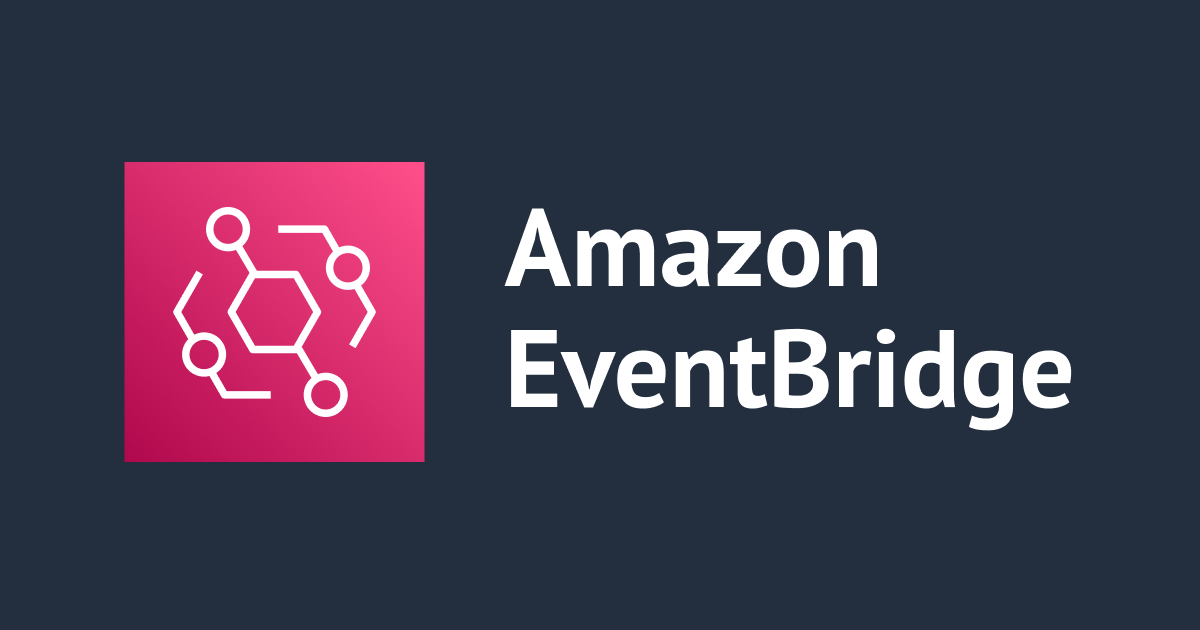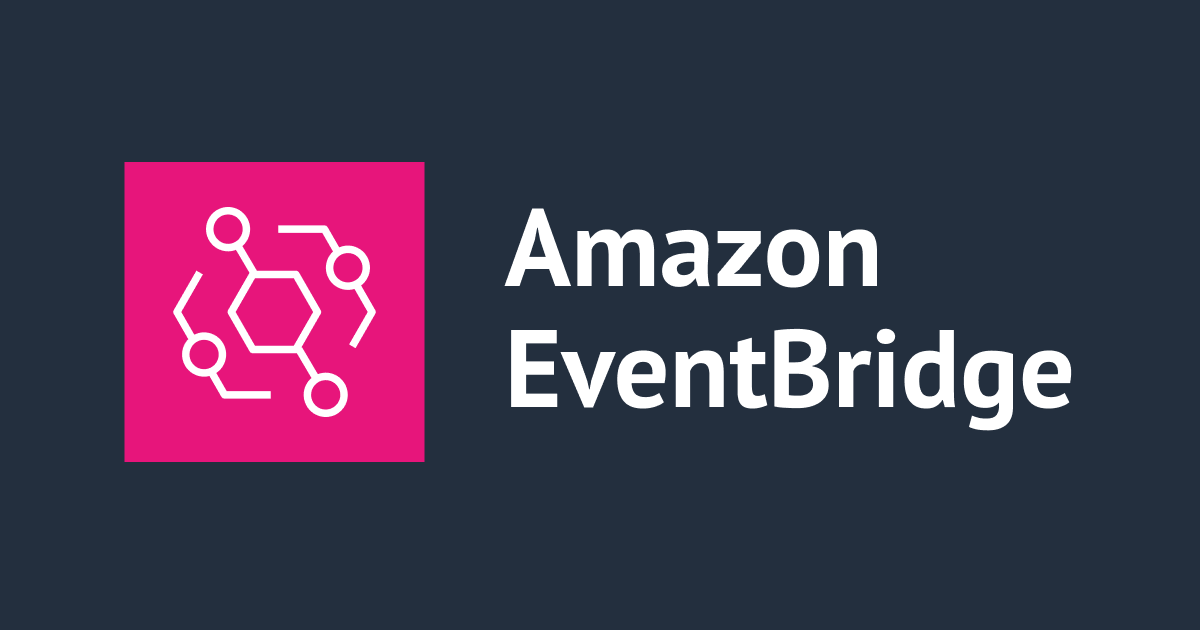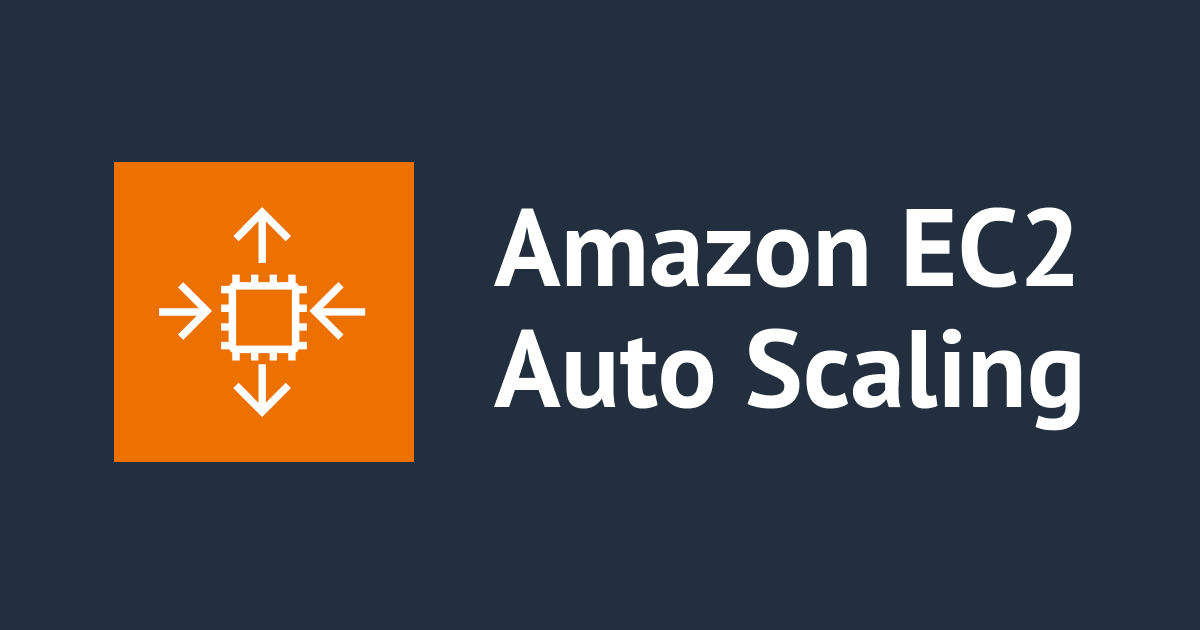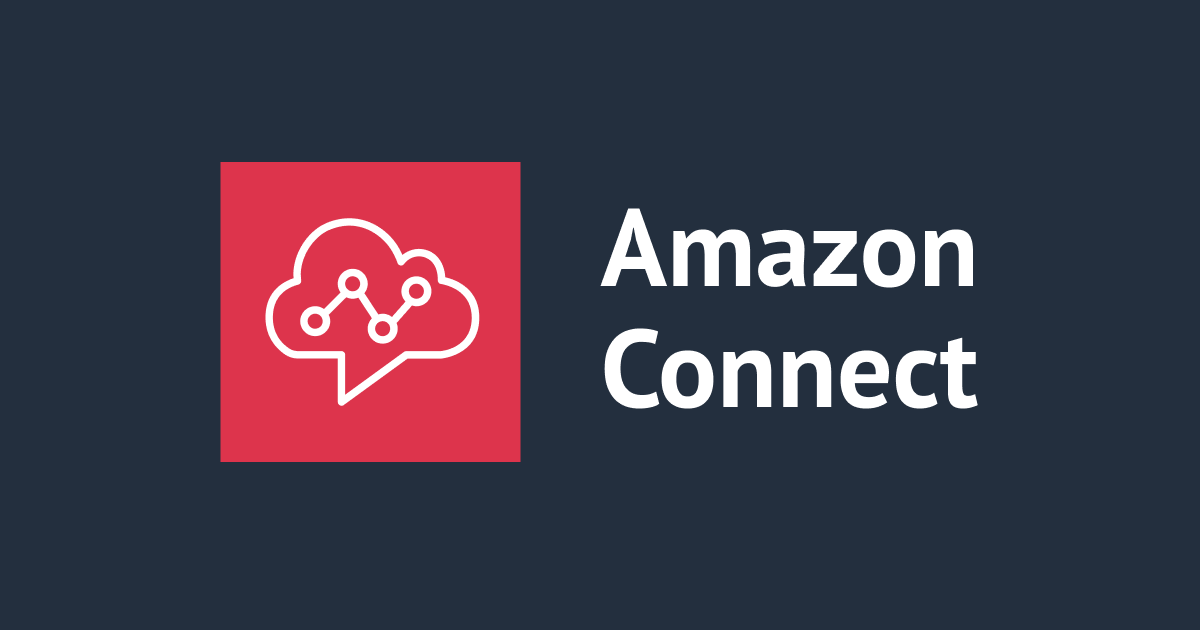
Amazon EventBridge Pipesを使ってプロデューサー/コンシューマー型メッセージ処理のパイプラインを簡略化しよう #reinvent
re:Invent 2022で発表されたAmazon EventBridge PipesはProducer/Consumer型のメッセージング処理をメッセージブローカーやワーカーに関係なく一貫した手法で実装するサービスです。
メッセージブローカーにAmazon SQS、ConsumerのワーカーにLambdaを利用する構成で、従来のLambdaイベントソース型とEventBridge Pipes型を比較しましょう。
Producer/Consumer型メッセージ処理
Producer/Consumer型メッセージは、メッセージキューなどで利用される、非同期のメッセージングパターンです。Producerはブローカーにメッセージを送信し、Consumerはブローカーをポーリングしてメッセージを受信します。
SQS-Lambda構成の場合、SQSがメッセージブローカー、LambdaがConsumerに相当します。
以下では Producerのことは一旦忘れてブローカーとConsumer間の処理にフォーカスし、2006年から本稼働しているSQSのConsumer実装が、AWSの進化とともに疎結合になる姿を確認します。
1. ナイーブ実装
SQSキューのメッセージをSQSのAPIを使って処理すると、以下の流れで行います。
- SQSキュー内をポーリング
- メッセージを受信
- メッセージを処理
- メッセージをキューから削除
import boto3
sqs = boto3.client('sqs')
SQS_QUEUE_URL = 'https://sqs.eu-central-1.amazonaws.com/123456789012/bar'
response = sqs.receive_message(
QueueUrl = SQS_QUEUE_URL,
)
for message in response.get("Messages", []): # メッセージの受信
print(message["Body"]) # 処理
sqs.delete_message(
QueueUrl = SQS_QUEUE_URL,
ReceiptHandle = message['ReceiptHandle']
) # メッセージの削除
コンシューマーはメッセージ処理(ビジネスロジック)に注力したいのに
- ポーリング
- メッセージの受信
- メッセージの削除
なども必要です。
これらの手間を省くのが、次のLambdaイベントソース型です。
2. Lambdaイベントソース型
Lambdaのイベントソース(トリガー)にSQSを指定します。
イベントソース・コンポーネントが
- ポーリング
- メッセージの受信
- メッセージの削除
を行うため、Lambda関数は、メッセージを処理するだけですみます。
def lambda_handler(event, context):
for message in event['Records']:
print(message['body'])
CloudFormationテンプレート (ここをクリックしてください)
Resources:
QueueForLambda:
Type: 'AWS::SQS::Queue'
LambdaServiceRole:
Type: 'AWS::IAM::Role'
Properties:
AssumeRolePolicyDocument:
Statement:
- Action: 'sts:AssumeRole'
Effect: Allow
Principal:
Service: lambda.amazonaws.com
Version: '2012-10-17'
ManagedPolicyArns:
- 'Fn::Join':
- ''
- - 'arn:'
- Ref: 'AWS::Partition'
- ':iam::aws:policy/service-role/AWSLambdaBasicExecutionRole'
LambdaServiceRoleDefaultPolicy:
Type: 'AWS::IAM::Policy'
Properties:
PolicyDocument:
Statement:
- Action:
- 'sqs:ChangeMessageVisibility'
- 'sqs:DeleteMessage'
- 'sqs:GetQueueAttributes'
- 'sqs:GetQueueUrl'
- 'sqs:ReceiveMessage'
Effect: Allow
Resource:
'Fn::GetAtt':
- QueueForLambda
- Arn
Version: '2012-10-17'
PolicyName: LambdaServiceRoleDefaultPolicy
Roles:
- Ref: LambdaServiceRole
LambdaForSQS:
Type: 'AWS::Lambda::Function'
Properties:
Code:
ZipFile: |-
def handler(event, context):
for record in event['Records']:
print(record['body'])
Handler: index.handler
Role:
'Fn::GetAtt':
- LambdaServiceRole
- Arn
Runtime: python3.11
DependsOn:
- LambdaServiceRoleDefaultPolicy
- LambdaServiceRole
LambdaSqsEventSourceSqs:
Type: 'AWS::Lambda::EventSourceMapping'
Properties:
EventSourceArn:
'Fn::GetAtt':
- QueueForLambda
- Arn
FunctionName:
Ref: LambdaForSQS
Lambdaの実行ロールには、SQS操作用の
sqs:ReceiveMessagesqs:DeleteMessagesqs:GetQueueAttributes
といったアクションも許可します。
ブローカーとコンシューマーは明確に分離されていますが、コンシューマーのすべての処理はLambdaに寄せられています。
コンシューマーからメッセージ処理以外を引き剥がしたのが、次のEventBridge Pipes型です。
3. EventBridge Pipes型
EventBridge Pipesがブローカーとターゲットを仲介し、コンシューマーの処理に必要な
- Source(ブローカーとのポーリング)
- Filter(フィルタリング)
- Enrichment(プリプロセス)
- Target(ターゲットをメッセージとともに呼び出す)
のパイプライン処理を行います。
SourceにはSQS、TargetにはLambdaを指定します。
def lambda_handler(event, context):
for message in event:
print(message['body'])
CloudFormationテンプレート (ここをクリックしてください)
---
Resources:
QueueForPipe:
Type: AWS::SQS::Queue
LambdaServiceRole:
Type: AWS::IAM::Role
Properties:
AssumeRolePolicyDocument:
Statement:
- Action: sts:AssumeRole
Effect: Allow
Principal:
Service: lambda.amazonaws.com
Version: '2012-10-17'
ManagedPolicyArns:
- Fn::Join:
- ''
- - 'arn:'
- Ref: AWS::Partition
- ":iam::aws:policy/service-role/AWSLambdaBasicExecutionRole"
LambdaForPipe:
Type: AWS::Lambda::Function
Properties:
Code:
ZipFile: |-
def handler(event, context):
for record in event:
print(record['body'])
Handler: index.handler
Role:
Fn::GetAtt:
- LambdaServiceRole
- Arn
Runtime: python3.11
DependsOn:
- LambdaServiceRole
PipeRole:
Type: AWS::IAM::Role
Properties:
AssumeRolePolicyDocument:
Statement:
- Action: sts:AssumeRole
Effect: Allow
Principal:
Service: pipes.amazonaws.com
Version: '2012-10-17'
PipeRoleDefaultPolicy:
Type: AWS::IAM::Policy
Properties:
PolicyDocument:
Statement:
- Action:
- sqs:ChangeMessageVisibility
- sqs:DeleteMessage
- sqs:GetQueueAttributes
- sqs:GetQueueUrl
- sqs:ReceiveMessage
Effect: Allow
Resource:
Fn::GetAtt:
- QueueForPipe
- Arn
- Action: lambda:InvokeFunction
Effect: Allow
Resource:
- Fn::GetAtt:
- LambdaForPipe
- Arn
- Fn::Join:
- ''
- - Fn::GetAtt:
- LambdaForPipe
- Arn
- ":*"
Version: '2012-10-17'
PolicyName: PipeRoleDefaultPolicy
Roles:
- Ref: PipeRole
Pipe:
Type: AWS::Pipes::Pipe
Properties:
RoleArn:
Fn::GetAtt:
- PipeRole
- Arn
Source:
Fn::GetAtt:
- QueueForPipe
- Arn
Target:
Fn::GetAtt:
- LambdaForPipe
- Arn
TargetParameters:
LambdaFunctionParameters:
InvocationType: REQUEST_RESPONSE
ブローカーとポーリングし、取得したメッセージでLambdaを呼び出すのはPipesのため、Pipesの実行ロールには、
- ソース操作用
sqs:ReceiveMessagesqs:DeleteMessagesqs:GetQueueAttributes
- ターゲット操作用
lambda:InvokeFunction
といったアクションを許可します。
Lambda関数の責務は受け取ったメッセージを処理するだけのため、ブローカーを意識する必要はなく、ブローカーを操作するポリシーも不要です。
SQSとPipesとLambdaが疎結合になりました。
最後に
SQS-Lambda構成に限定すると、LambdaのイベントソースマッピングがEventBridge Pipesに置き換わっただけです。
もう一段上のProducer/Consumer型メッセージングサービスを利用している観点から考えると、ブローカー(SQSなど)やワーカー(Lambdaなど)に関係なく
- Source(ブローカーとポーリング)
- Filter(フィルタリング)
- Enrichment(プリプロセス)
- Target(メッセージとともにTargetを呼び出す)
というパイプラインをEventBridge Pipesで抽象化できます。
※ 図は公式ドキュメントから引用
さらに、ブローカーを操作するポリシーはTargetではなくEventBridge Pipesに付与することで、各コンポーネントの責任範囲が明確になりました。
これがEventBridge Pipesの狙いです。
運用しているブローカー・コンシューマーが複雑になるにつれ、EventBridge Pipesを利用し、責任範囲を明確にして、一貫したパイプラインでメッセージを処理するメリットが増えると思います。
AWS Japan SA によるServerlessDays Tokyo 2022 での発表資料も合わせて参照ください。
それでは。













